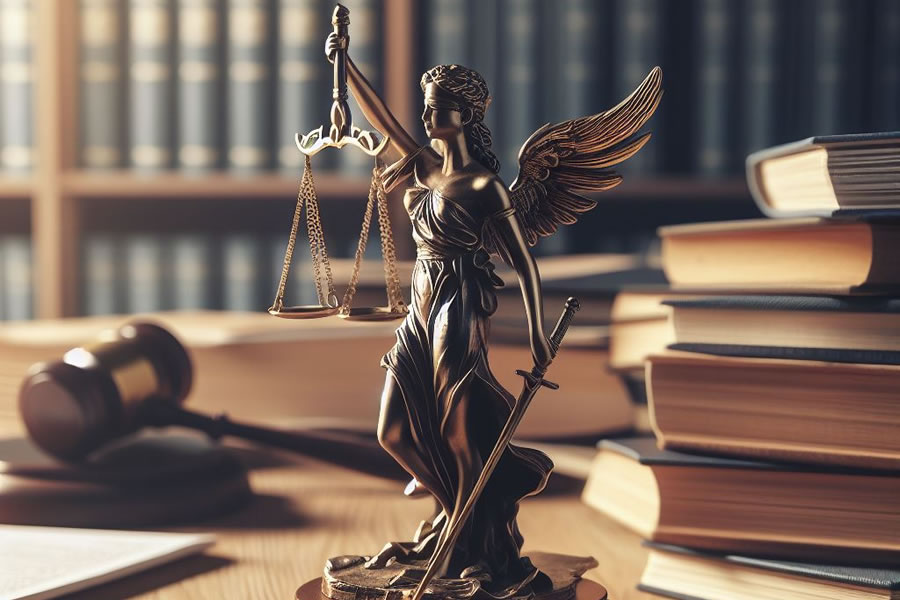Bankruptcy. The word alone can evoke strong emotions. For some, it might signify failure, while for others, it’s a new beginning. If you’ve ever wondered what bankruptcy really is, how it came to be, and its intended purpose, you’re in the right place. Dive in with us as we unravel the mysteries of bankruptcy.
What is Bankruptcy, Anyway?
In its simplest form, bankruptcy is a legal process where individuals or businesses declare their inability to pay off their debts. A person filing bankruptcy can seek to discharge his debts, or restructure them. An entity (such as a corporation) cannot discharge their debts the way an individual can, but it can restructure its debts, or protect the company’s assets while it goes through an orderly liquidation. The options available depend on the type of bankruptcy filed.
A Glimpse into the Past: The History of Bankruptcy
Bankruptcy laws weren’t always as sophisticated or compassionate as they are today.
In ancient Rome if a businessman owed money and couldn’t pay it back, the benches for customers in front of his shop were broken to let the world know that this business wasn’t paying its debts. In fact, the word “bankrupt” derives from the Latin word for these broken benches. (“Bancarrota” in Spanish, is closer to the original. The other Spanish word for bankrupt is “quiebra” which also means “broken.”)
Merry old England famously had debtors’ prisons, which didn’t help creditors very much. It wasn’t until the 16th century, with England’s Statute of Bankrupts, that the tide began to turn. This law sought to protect creditors and allowed for some leniency towards debtors. Over time, this approach evolved and laid the foundation for modern bankruptcy laws.
When the United States was formed, the Founding Fathers recognized the importance of having a nationwide, uniform system of dealing with unpaid debts. So they put right in Article I of the Constitution a provision that Congress has exclusive jurisdiction to enact uniform laws on the subject of bankruptcy. Those laws evolved over time. Early on, the focus was on insolvent businesses. Thus the “Railroad Reorganization Act” in the 1800’s was a precursor to modern bankruptcy reorganizations. Consumer-oriented laws would come much later. The Bankruptcy Act remained the law for nearly a century, from the 1870’s to the 1970’s. In 1978, the Act was replaced by the Bankruptcy Code, which has remained the law of the land, albeit with some significant amendments.
The Noble Purpose Behind Bankruptcy
Bankruptcy might seem like a last-ditch effort for those in dire straits. However, its core purpose is far more noble than one might think.
1. Fresh Start for Debtors
One of the primary reasons bankruptcy exists is to give debtors a chance to start over. Life is unpredictable. People face medical emergencies, job losses, or other unforeseen circumstances that can lead to insurmountable debt. Bankruptcy offers a ray of hope, a way out of the financial labyrinth.
2. Fair Treatment of Creditors
It’s not just about the debtor. Creditors, too, have rights. Bankruptcy ensures that all creditors are treated fairly. An individual declaring bankruptcy can claim certain assets as “exempt,” which means the debtor gets to keep them. If the debtor’s assets exceed the allowable exemptions, assets are distributed equitably among creditors in accordance with a scheme of priorities set out in the Bankruptcy Code..
3. Economic Stability
Think of bankruptcy as a safety valve for the economy. If individuals or businesses were perpetually saddled with debt, it could have ripple effects on the economy at large. By allowing entities to discharge or restructure their debts, we ensure the fluidity and stability of our economic systems.
Types of Bankruptcies: Which One is Right for You?
There are several types of bankruptcy, each designed for specific situations:
1. Chapter 7
Often referred to as “liquidation” or “straight” bankruptcy, it’s ideal for those with limited income who can’t pay back their debts. Non-exempt assets might be sold to pay off creditors.
2. Chapter 11
Mainly for businesses, it allows them to continue operating while restructuring their debts. It can also be used by individuals, most often when their debts exceed Chapter 13 limitations.
3. Chapter 12
This chapter is very nearly the same as Chapter 13, but it has special provisions for, and can only be used by family farmers and fisherman.
3. Chapter 13
Designed for individuals with regular income, it lets debtors propose a plan to repay their debts over three to five years. Regular income doesn’t mean you have to have a weekly salary. For example, income for real estate agents and contractors can fluctuate wildly. Chapter 13 is flexible enough to allow for these variations in income.
Recognizing the Warning Signs
Are your debts increasing month after month? Are you unable or struggling to make even the minimum payments? Are you getting constant collection calls? Are you being sued? Have your wages been garnished? Are you using debt to pay debt? Are your savings depleted? These are all common warning signs that your debt is out of control, and you may need to consider bankruptcy.
We have only scratched the surface here. Bankruptcy is complex and technical. It’s crucial to consult with a bankruptcy attorney to determine the best fit for your situation.
Let Us Help You – Schedule an Appointment Now
Everyone deserves expert legal assistance, but not everyone who thinks they need it does. To avoid spending money that you don’t have to we offer a FREE CONSULTATION

As a lawyer concentrating on consumer bankruptcy and real estate, Attorney Peter Lawrence helps people through some of their most important financial decisions. He has many years of professional expertise, he’ll give you a thorough understanding of your options, and help you choose the best course of action for your goals. You’ll feel confident that you’ve made the right choice.



